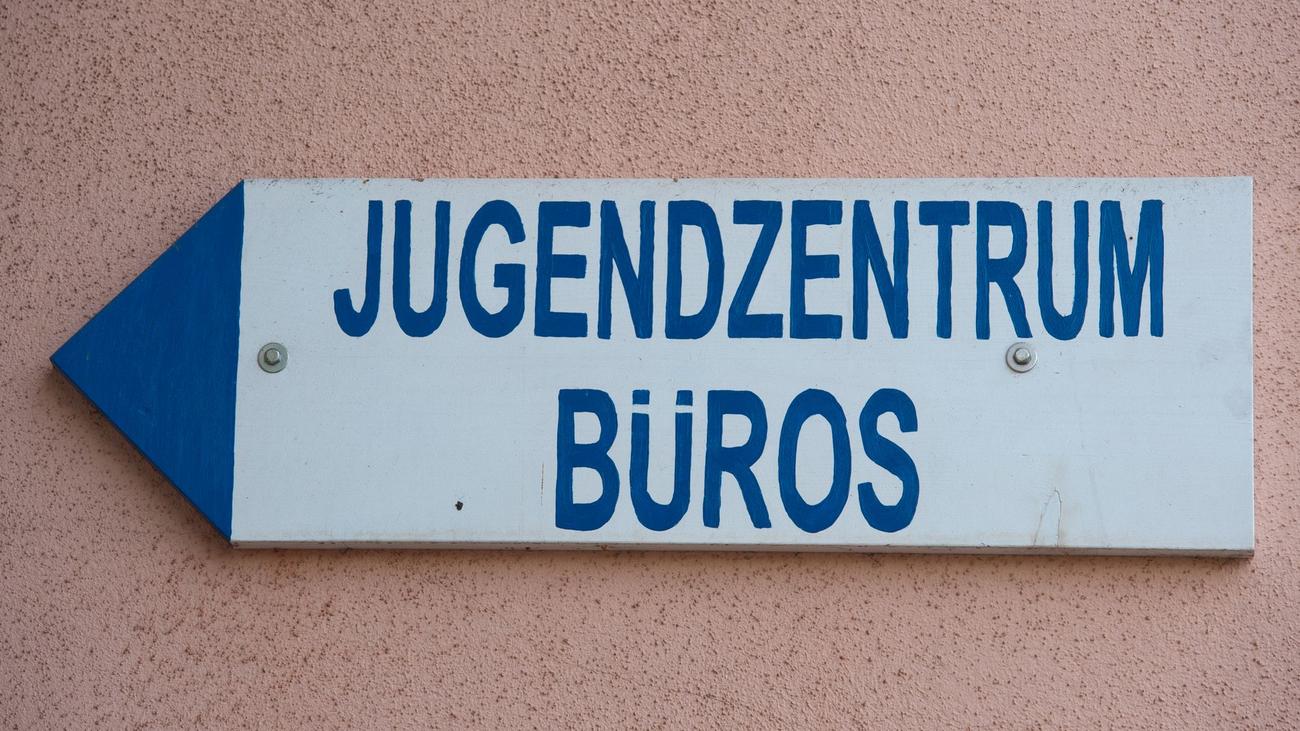
Youth Participation in Saxony-Anhalt Rebounds, Lags Behind Pre-Pandemic Levels
Introduction
The youth services sector in Saxony-Anhalt has witnessed a resurgence in recent times, but it continues to lag behind participation rates observed before the onset of the COVID-19 pandemic. This conclusion emerges from data compiled by the Saxony-Anhalt State Statistical Office.
Decline from Pre-Pandemic Participation
Prior to the pandemic, in 2019, an impressive 271,000 children and young adults actively engaged in government-funded youth programs. However, by 2023, this figure had diminished to approximately 205,500, reflecting a notable reduction.
Recovery from Pandemic Lows
Despite this decline, a significant improvement has been observed compared to 2021, a year marked by stringent pandemic-related restrictions on social gatherings. In 2021, participation stood at just over 144,000, indicating a substantial 40% increase in youth program enrollment in 2023.
Types of Youth Programs
Among the various youth program categories, events and projects proved particularly popular in 2023, attracting a remarkable 146,000 participants. This overwhelming demand accounted for an impressive 71% of total youth participation.
Open programs, designed to offer drop-in activities, drew a respectable 32,900 children and young people. Moreover, structured programs, operating with fixed membership, engaged around 26,200 participants.
Commentary from Youth Services Expert
"The rebound in youth program participation is certainly encouraging news," remarked Lisa Müller, Director of the Saxony-Anhalt Youth Services Association. "However, it’s important to note that we have yet to fully regain the levels of engagement seen before the pandemic."
Müller expressed her concern about the remaining gap in youth participation, attributing it to ongoing challenges posed by the pandemic, including lingering health concerns, social distancing measures, and financial constraints faced by families.
Call for Enhanced Support to Youth Sector
To foster recovery and growth in youth program participation, Müller emphasized the need for increased public investment and support for the youth services sector. She advocated for policies and initiatives that prioritize youth development, ensuring that all young people have equitable access to opportunities for growth, learning, and recreation.
Conclusion
While the recovery in youth participation in Saxony-Anhalt is a positive development, sustained efforts are necessary to fully bridge the gap with pre-pandemic participation levels. By investing in and supporting youth services, policymakers and stakeholders can empower young people to thrive and reach their full potential.
